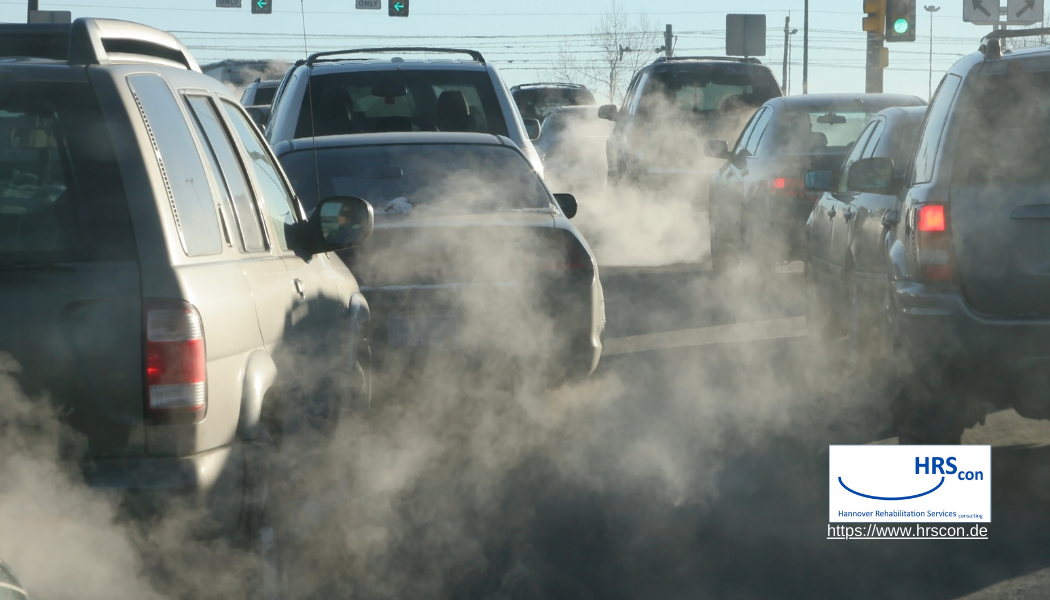A comprehensive new study has found strong evidence that long-term exposure to traffic-related air pollution (TRAP) increases the risk of developing diabetes. The review, led by a team of experts, analyzed data from 21 existing studies on the association between TRAP and adult diabetes. While some estimates were imprecise, the overall results suggest a clear link between traffic pollutants and the disease.
Nitrogen Dioxide (NO2) Shows Strongest Connection
The study found the strongest association with nitrogen dioxide (NO2), a common traffic-related pollutant. People exposed to higher levels of NO2 were found to have a 9% increased risk of developing diabetes compared to those with lower exposure.
The findings were further strengthened by consistent positive associations with other traffic pollutants and the presence of a dose-response relationship (meaning the greater the exposure, the higher the risk).
Results Align with Broader Air Pollution Studies
Interestingly, the study’s findings align with recent reviews examining the connection between general air pollution and diabetes. These reviews also identified a link between air pollution and diabetes risk, particularly with pollutants like PM2.5 (fine particulate matter).
Understanding How Traffic Pollution Affects Our Health
Scientists believe that traffic pollution can lead to diabetes through various mechanisms. One theory suggests that these pollutants trigger inflammation and impair insulin signaling, ultimately leading to insulin resistance and diabetes.
Strengths and Limitations of the Study
The study’s strengths include its systematic approach to data selection and analysis, as well as its consideration of various traffic pollution indicators. However, limitations include the relatively small number of studies for some pollutants and the focus on older adult populations.
Need for Further Research
The researchers call for further studies to address these limitations. This includes investigating the impact of traffic pollution on younger populations, exploring the effects in low- and middle-income countries, and examining the changing composition of traffic emissions.
A Call for Action
The findings highlight the importance of addressing traffic-related air pollution as a risk factor for diabetes. This underscores the need for cleaner transportation solutions and effective interventions to reduce exposure to traffic fumes.
Understanding the mechanisms by which traffic pollution increases diabetes risk is also crucial for developing targeted preventative strategies.
By investing in cleaner air and further research, we can work towards reducing the burden of diabetes and improving public health.




